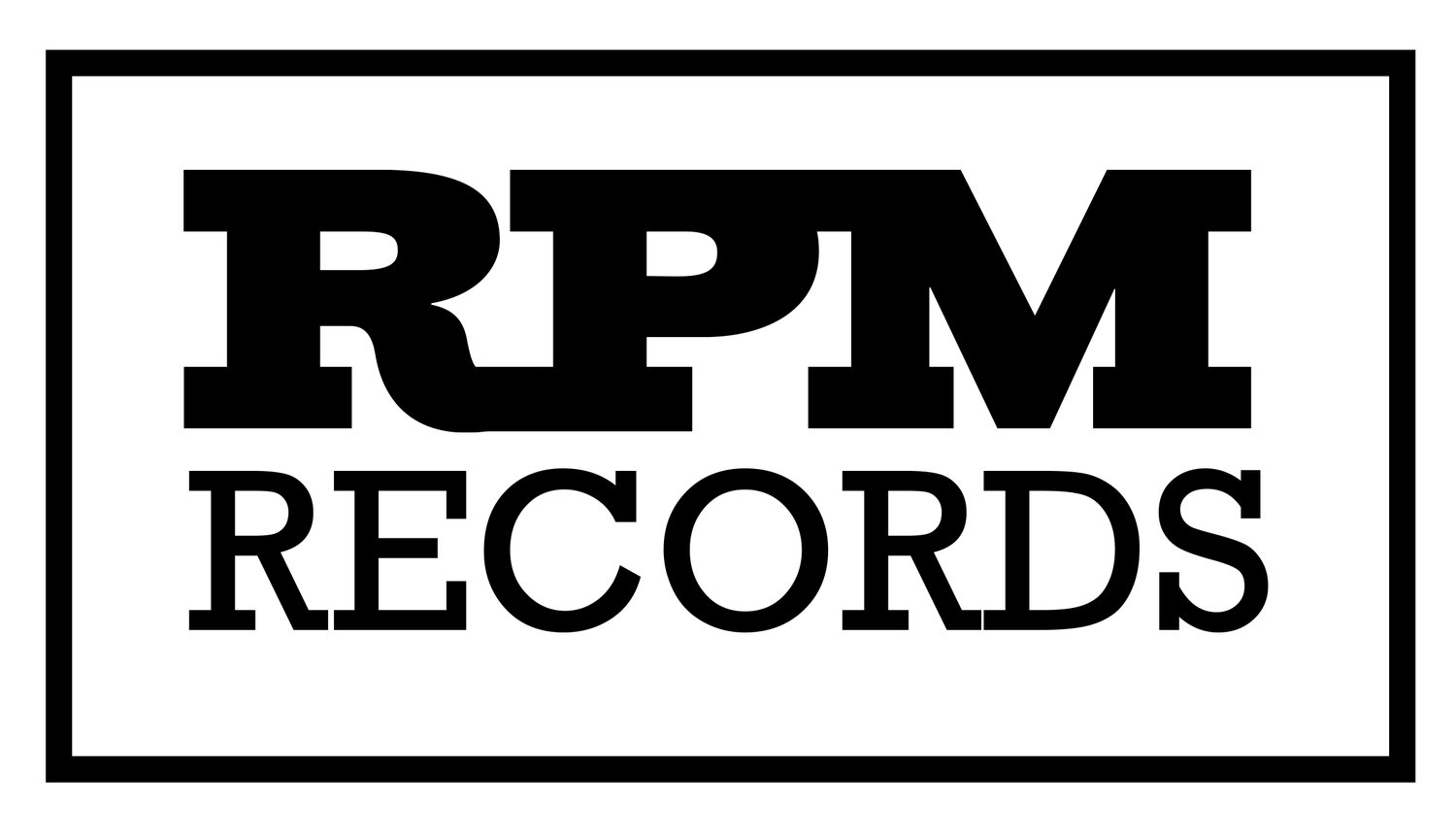Indigenous Language Revitalization Movement
/There are some amazing events taking place in revitalizing our Indigenous languages. Hip-hop, Twitter and text messaging are playing an integral part in this movement.
We recently wrote about Tall Paul and his bilingual track “Prayers in a Song”, which blends English and Anishnaabemowin.
IndigenousTweet pointed us to the Bellingham Herald's article Hip-hop, texting may help save world's languages. Youth are key stakeholders in whether a language is used and passed down, or rejected, but in Mexico, teenagers have been texting in Huave, a language spoken by only 15,000 people in the Tehuantepec region, along the Pacific.
Youth in other areas around the globe are using their language similarly.
To the North, Digital Indigenous Democracy is a remarkable endeavour that will bring interactive digital media to eight remote Baffin Island Inuit communites - communities whose 4,000 year-old oral language will become extinct without digital media to carry it forward into the next generation.
Cultural Survival recently organized the National Native Languages Revitalization Summit in Washington D.C with the goal of "engaging every one of the 62 members of the House and Senate appropriations committees with Native language revitalization success stories, along with justifications for additional federal support."
Rosebud Sioux and South Dakota-based programmer Biagio Arobba created the user-generated content site LiveAndTell, crowdsourcing audio and audio-tagged images. The content so far is largely from the Lakota language but the intention encompasses all Indigenous languages. In an interview with Paul Glader the main thing in language preservation, Arobba says, "is just lowering the barriers and the costs for everybody."
With that in mind, low-tech can also have an impact. InsideVancouver brought our attention to a great new print dictionary - Squamish For Dummies: Cool New Squamish-English Dictionary.
The Squamish language, like many of B.C.’s Aboriginal languages, suffered a near fatal hit in the last century as a result of the residential school system. For decades, young Squamish students were forcibly sent away to residential schools, where they were strictly forbidden from speaking their own language. Even today, many elders are reluctant to speak the traditional language owing to this legacy of abuse.
This is, as we know, a heartbreaking truth for many of our languages and communities across Turtle Island. But these local and global projects, along with the actions of youth, are an inspiring, growing movement.
Here's a dose of that inspiration from Dustin Rivers' project SquamishLanguage.com: Word of the Day: Lhx̱áy̓tstn by SquamishLanguage


